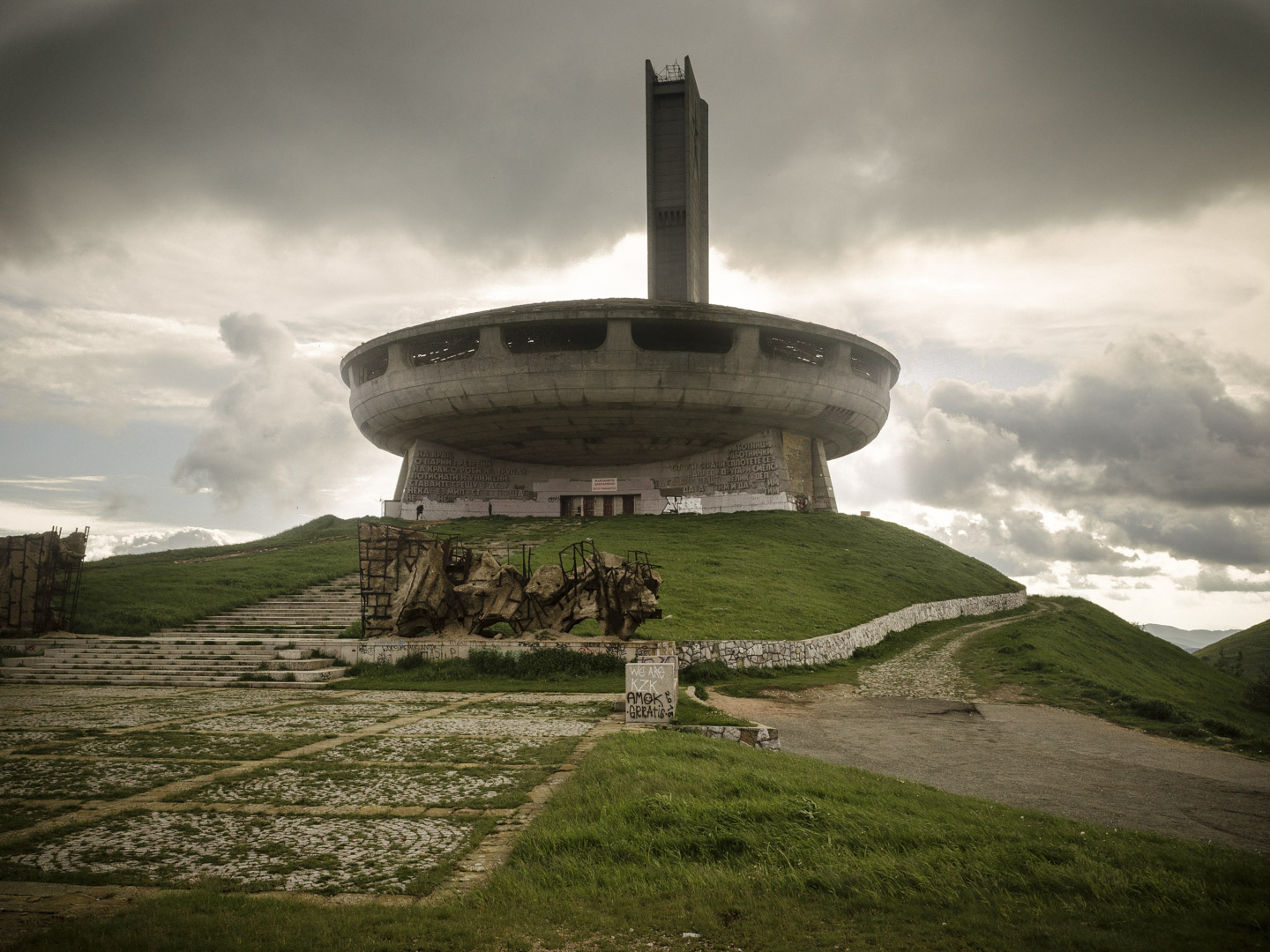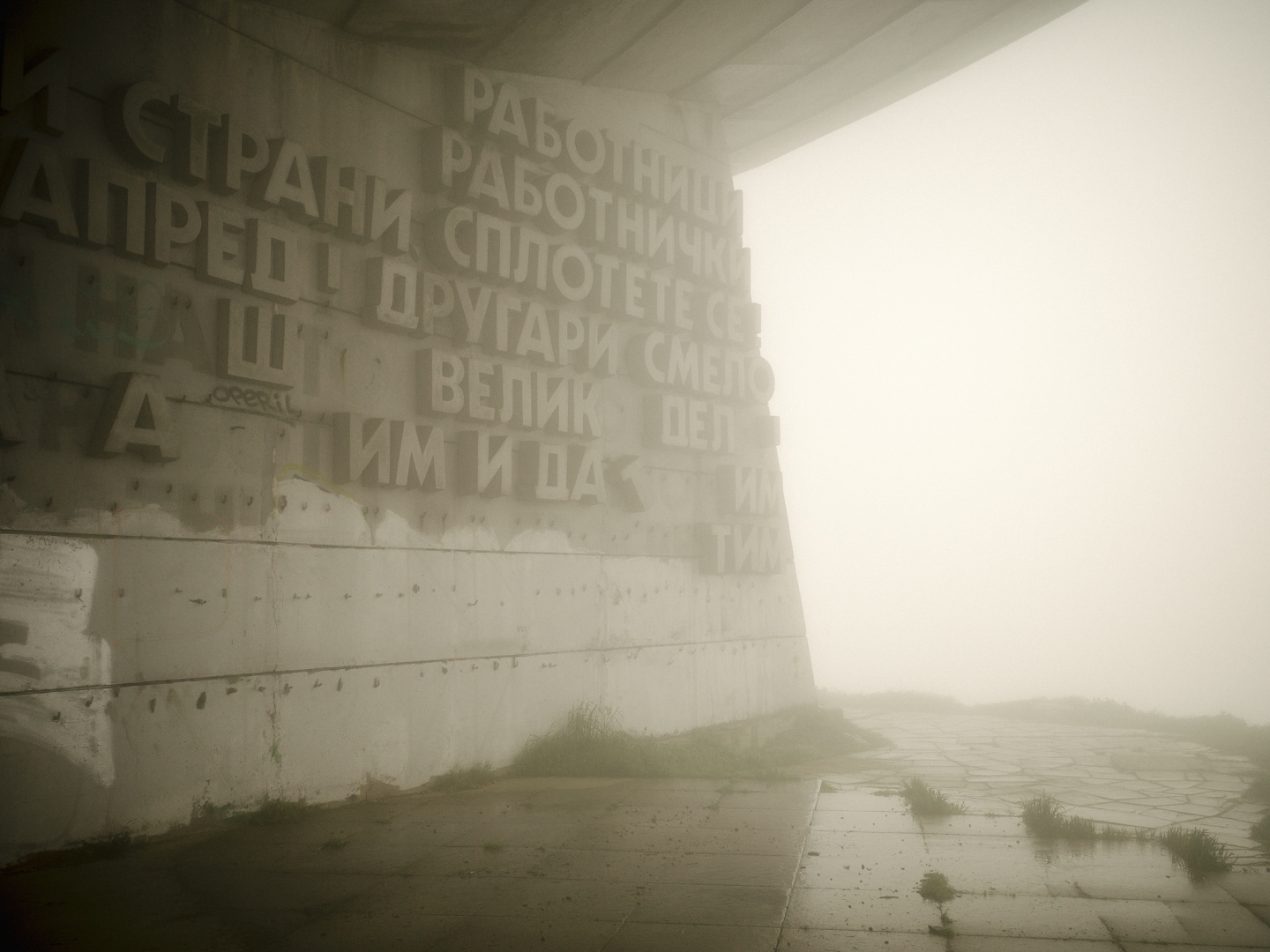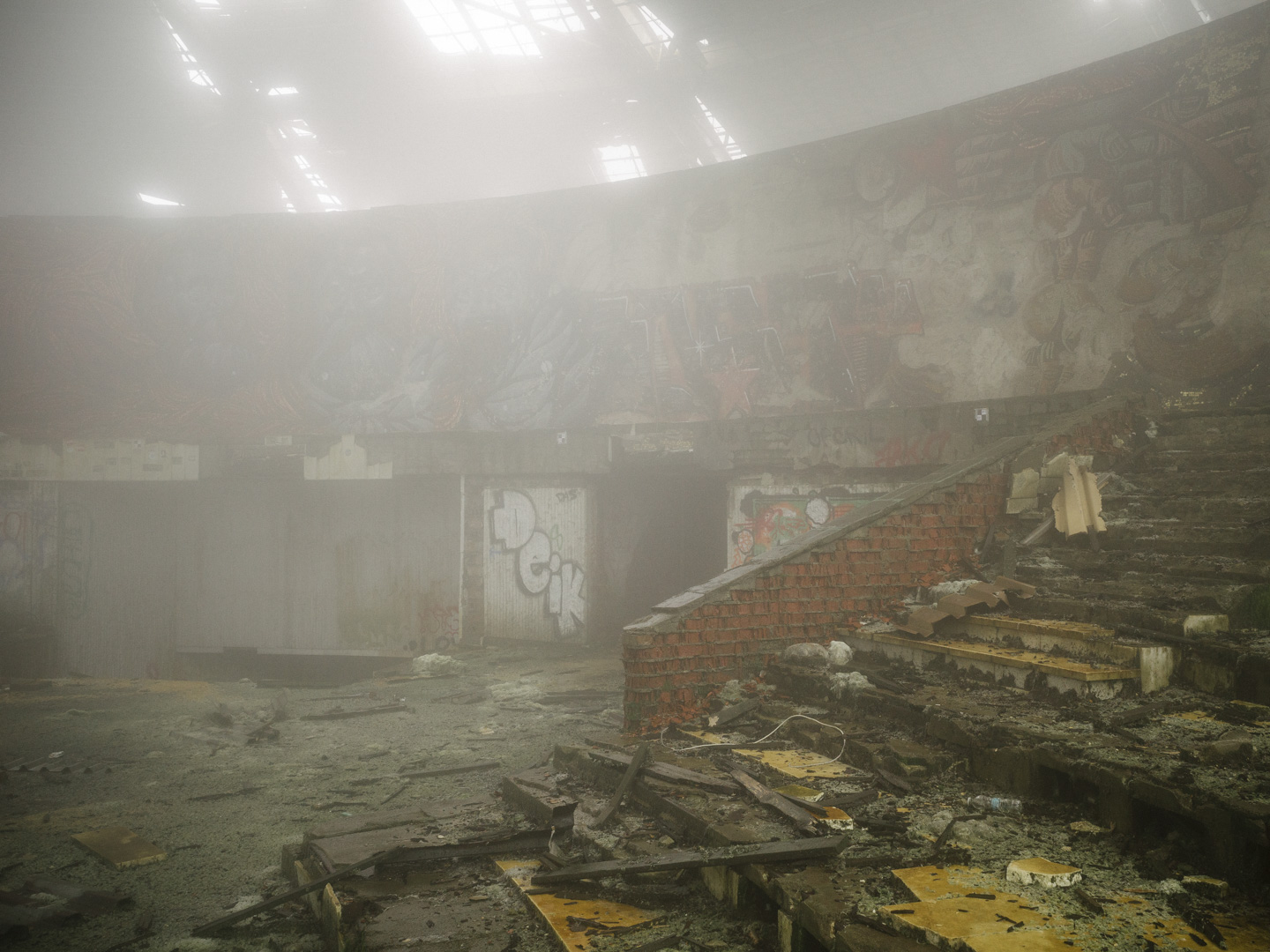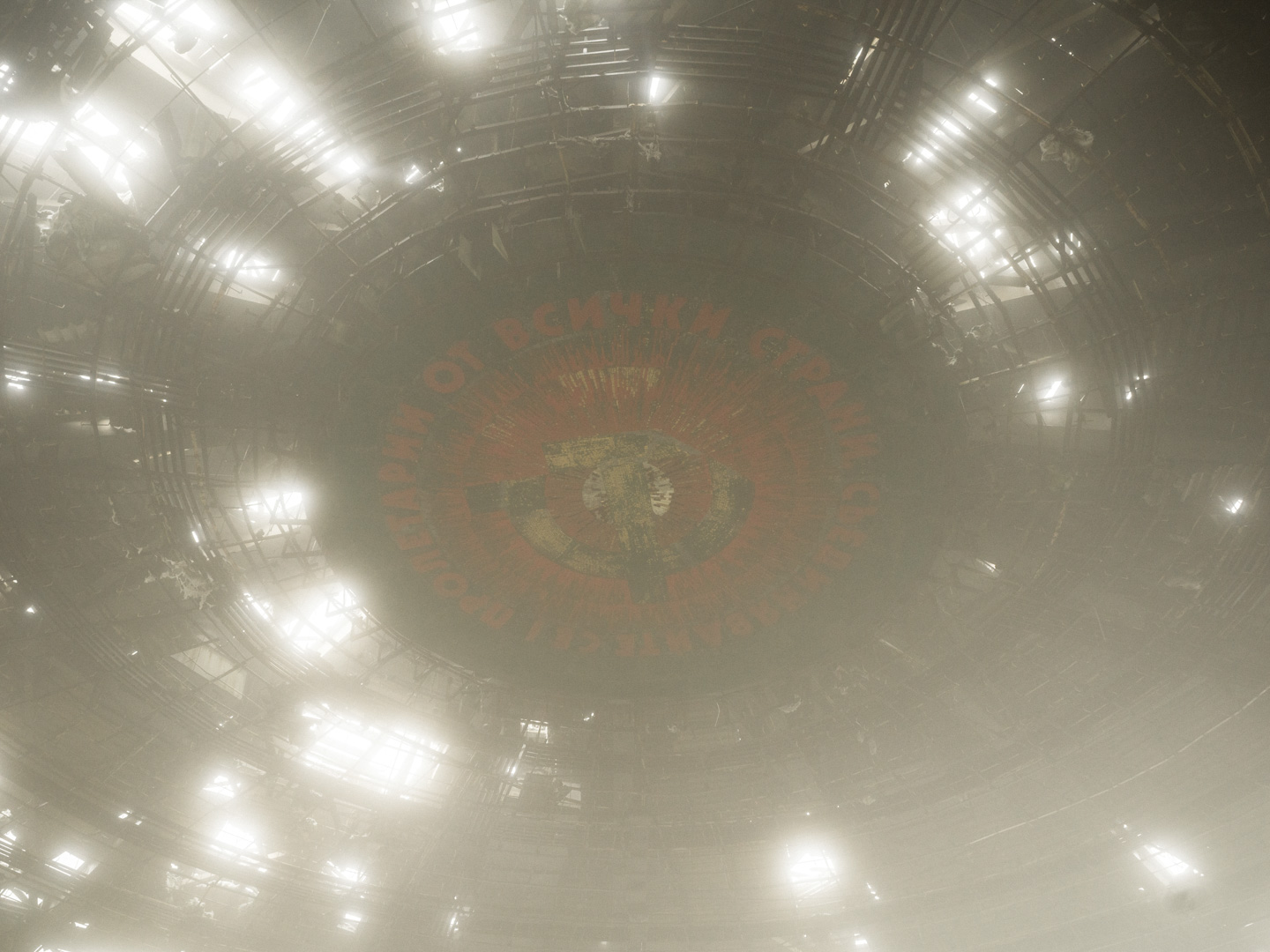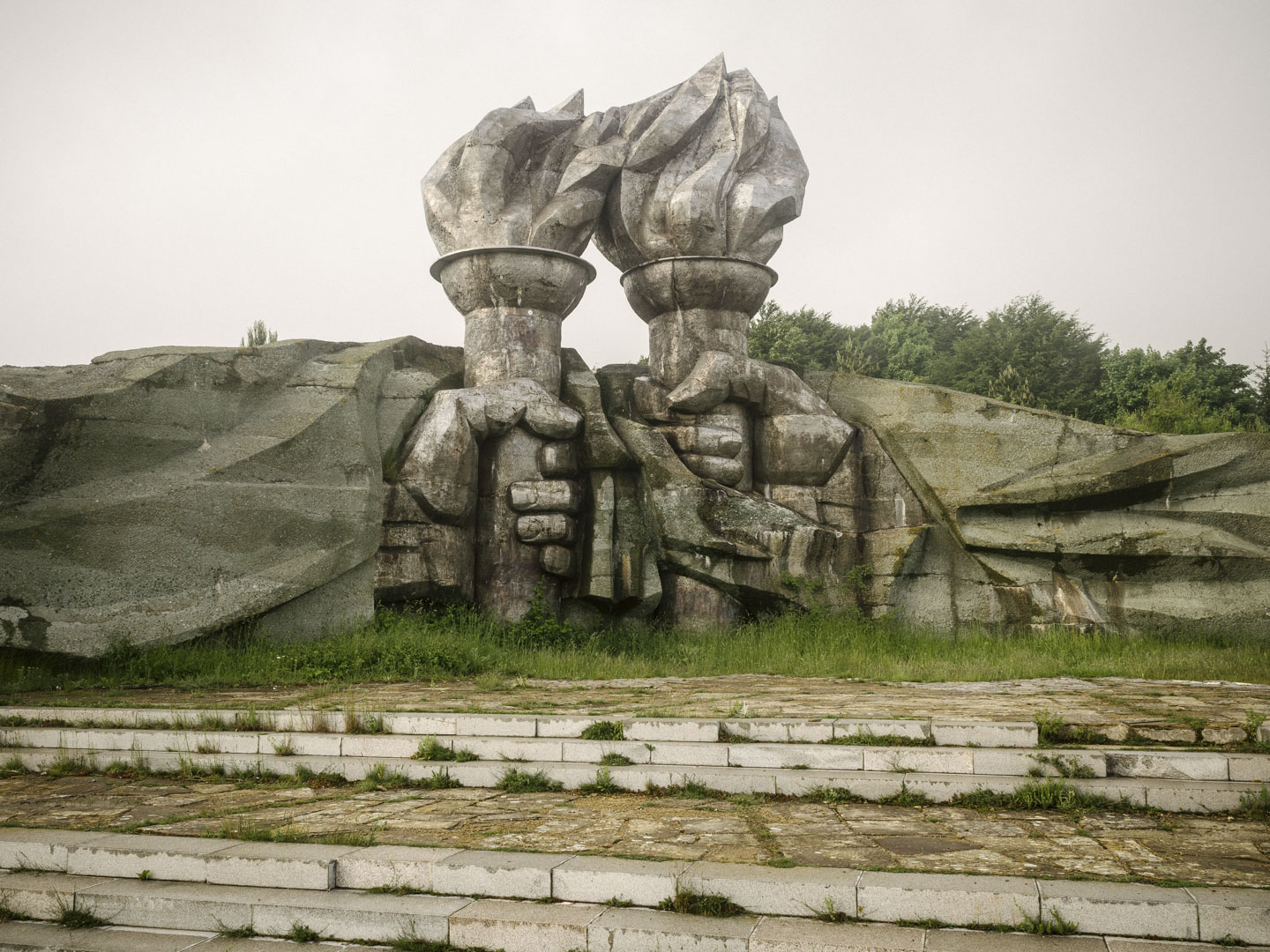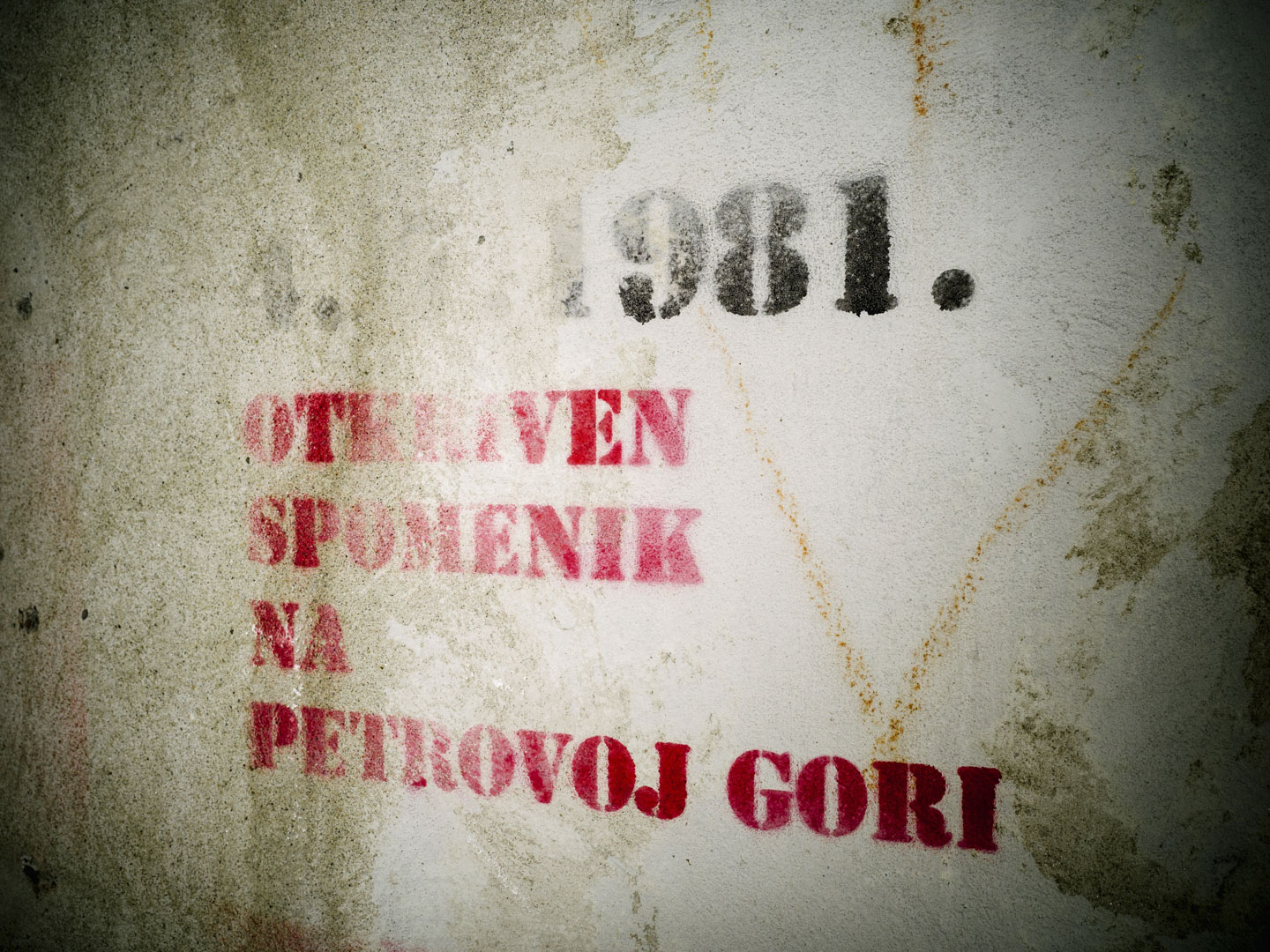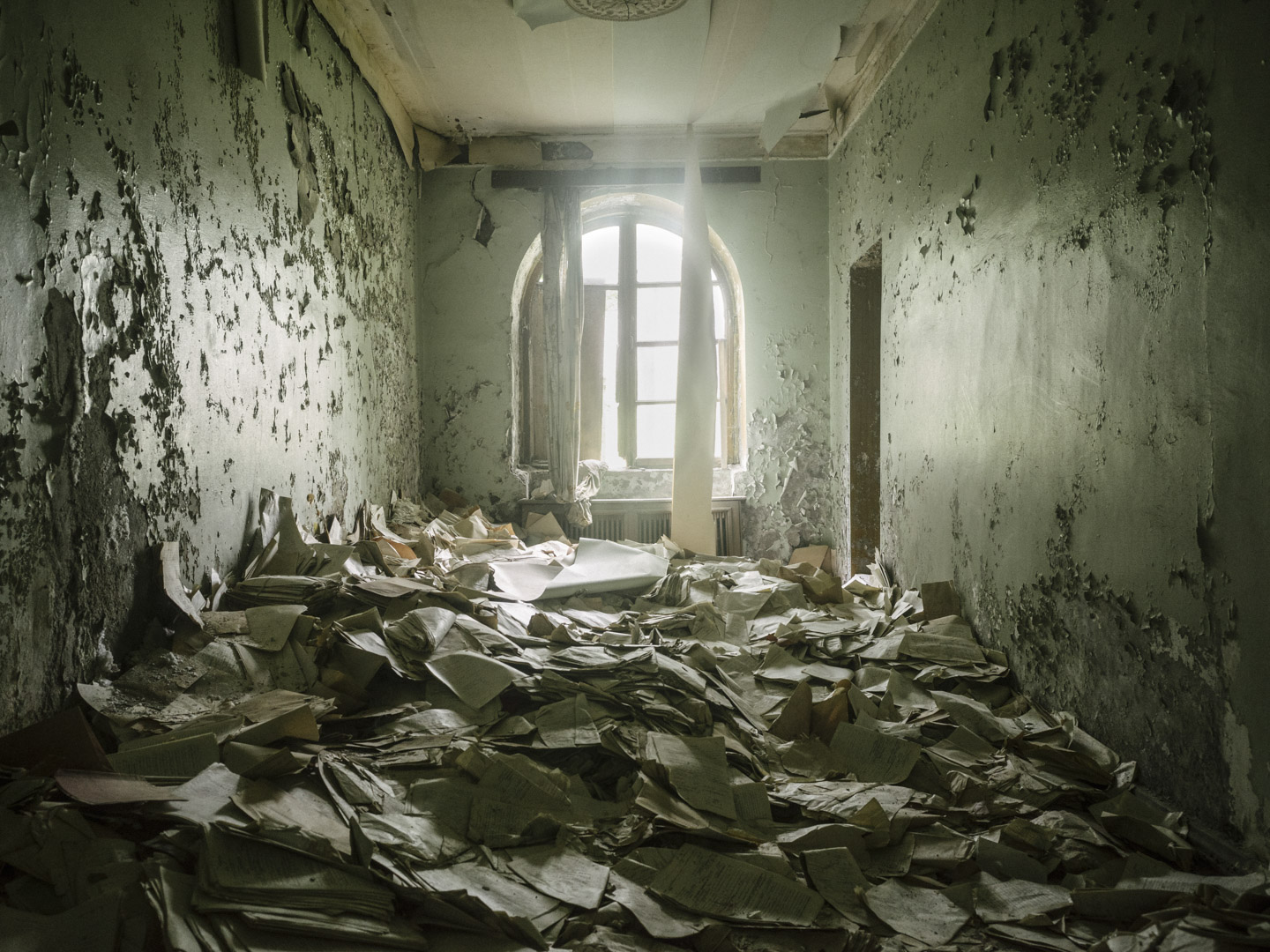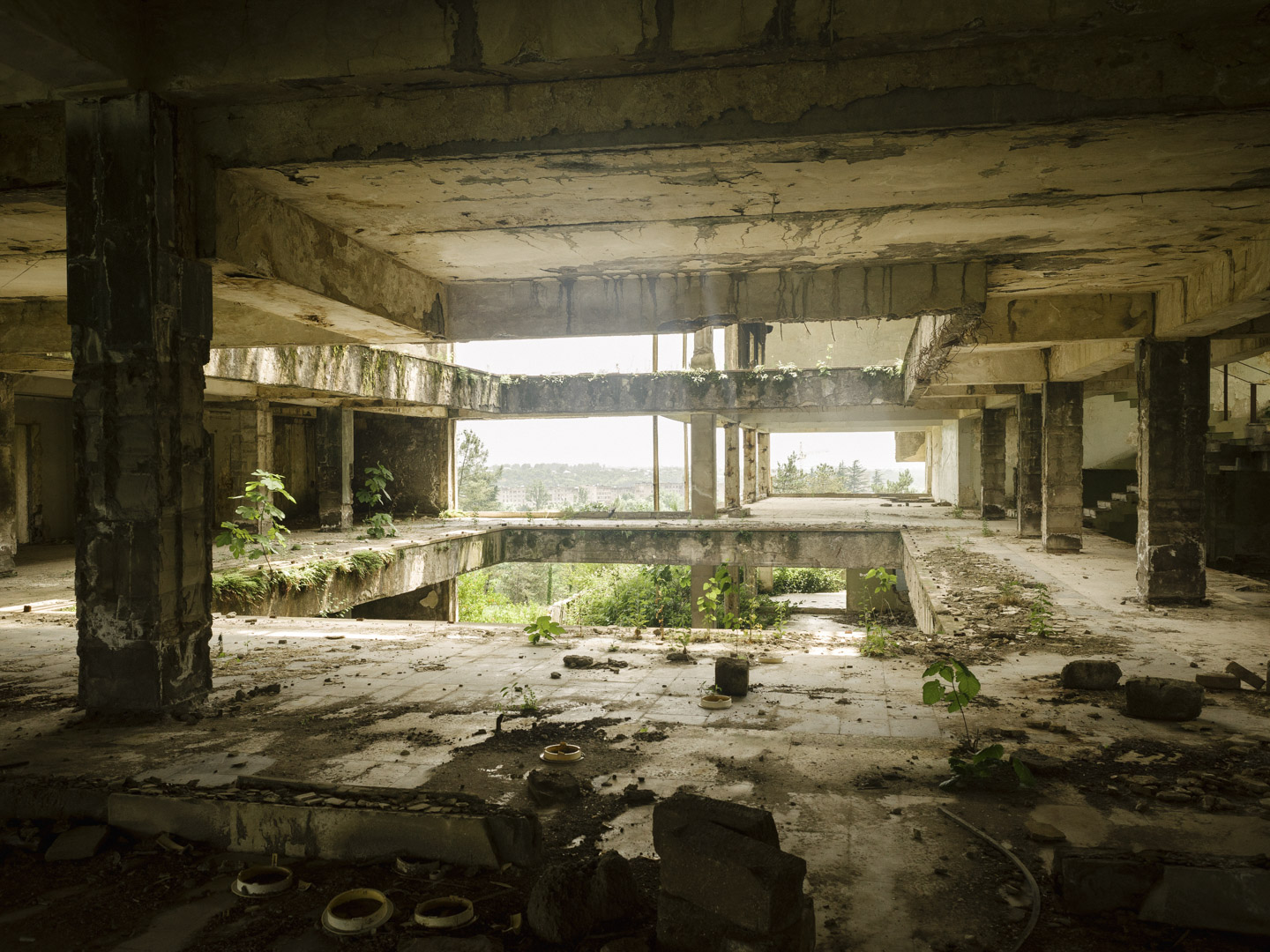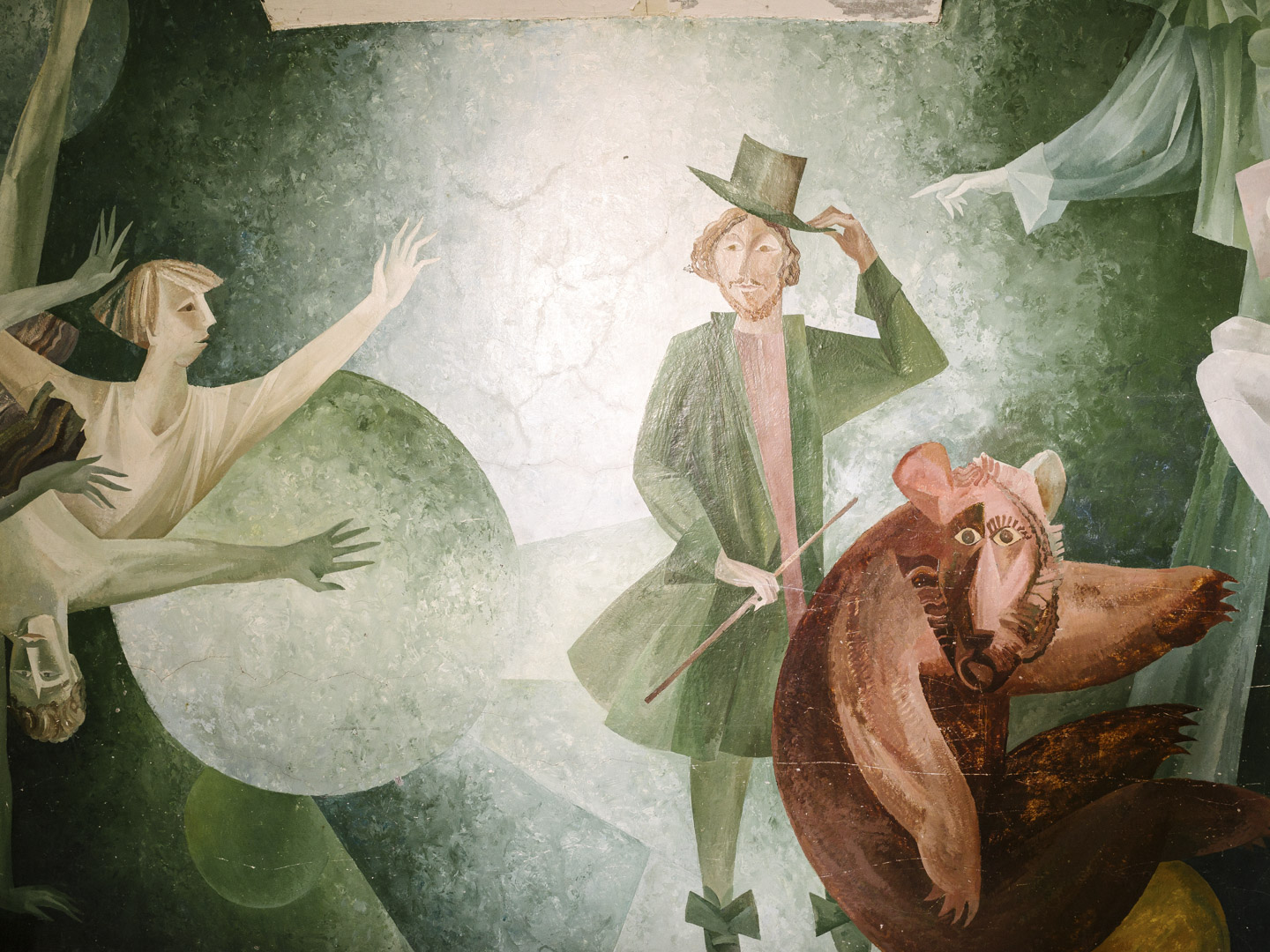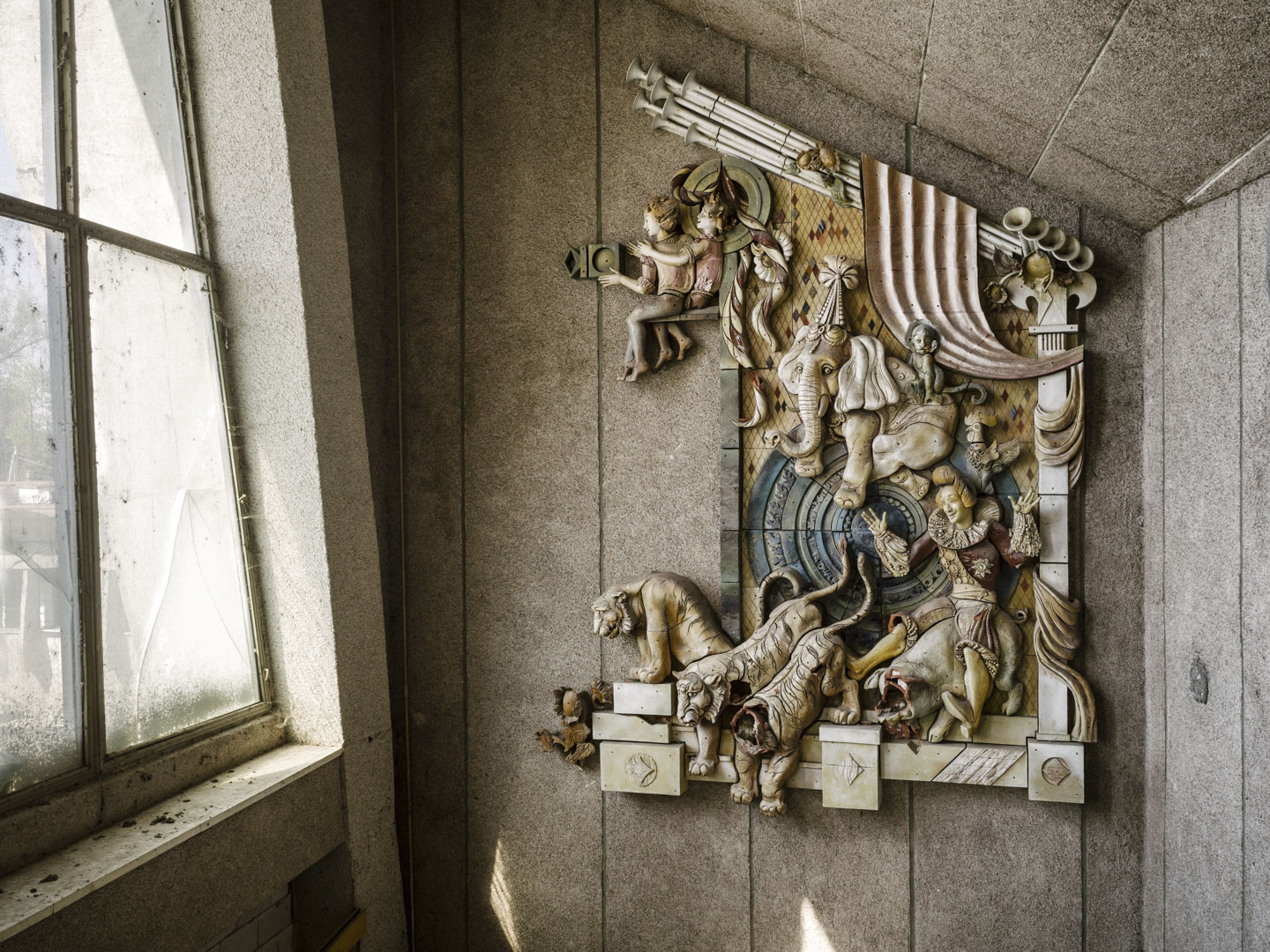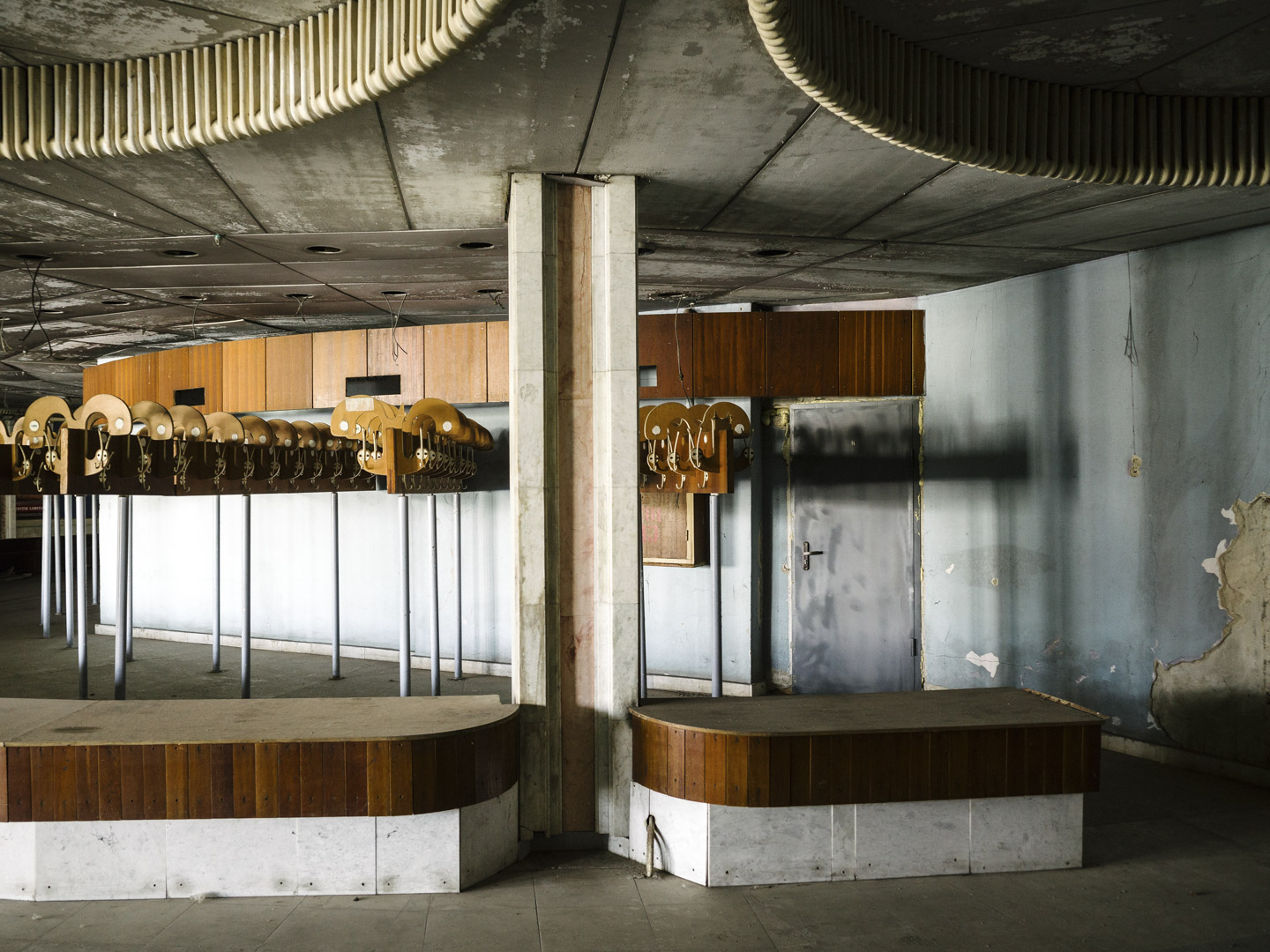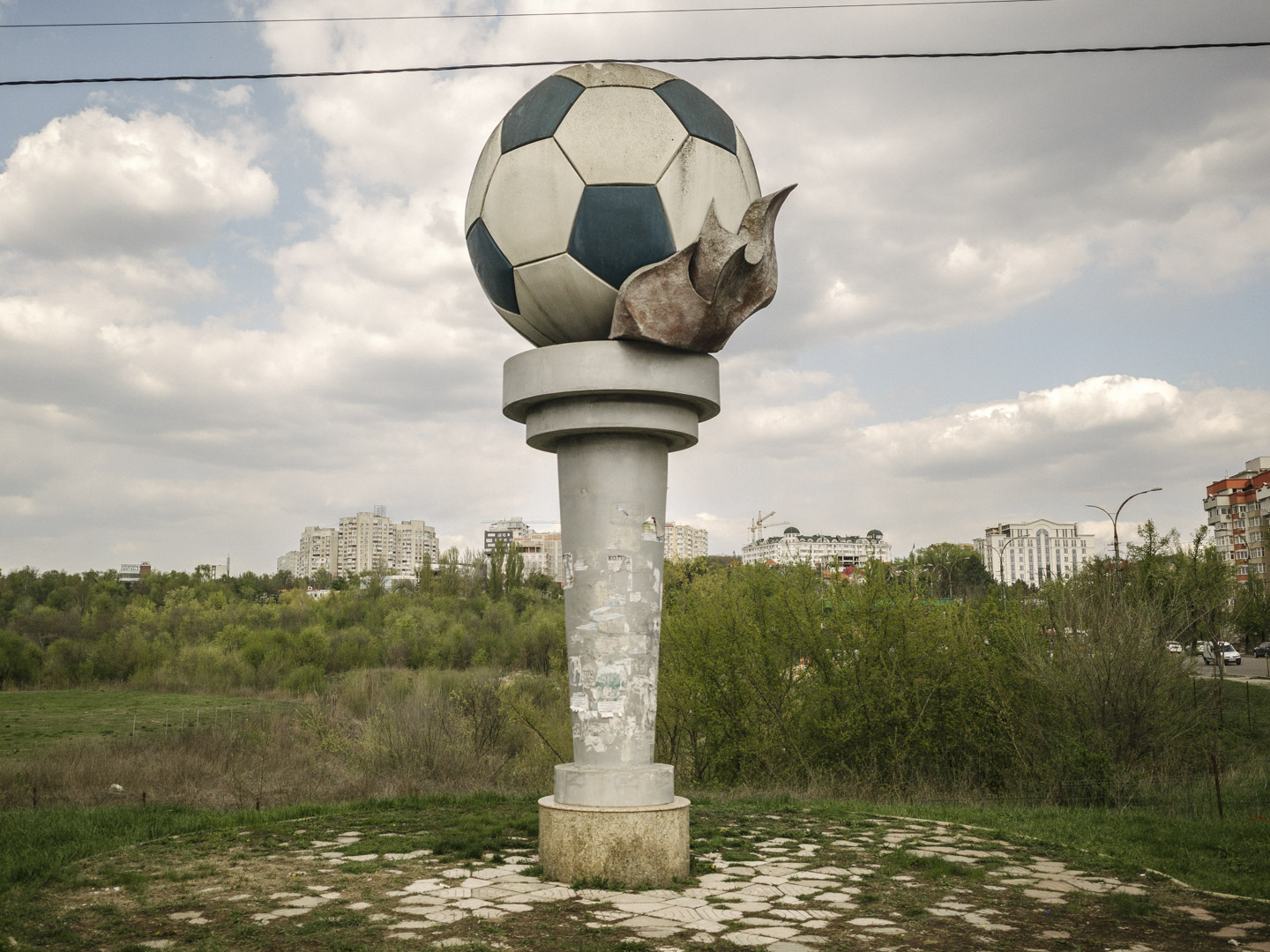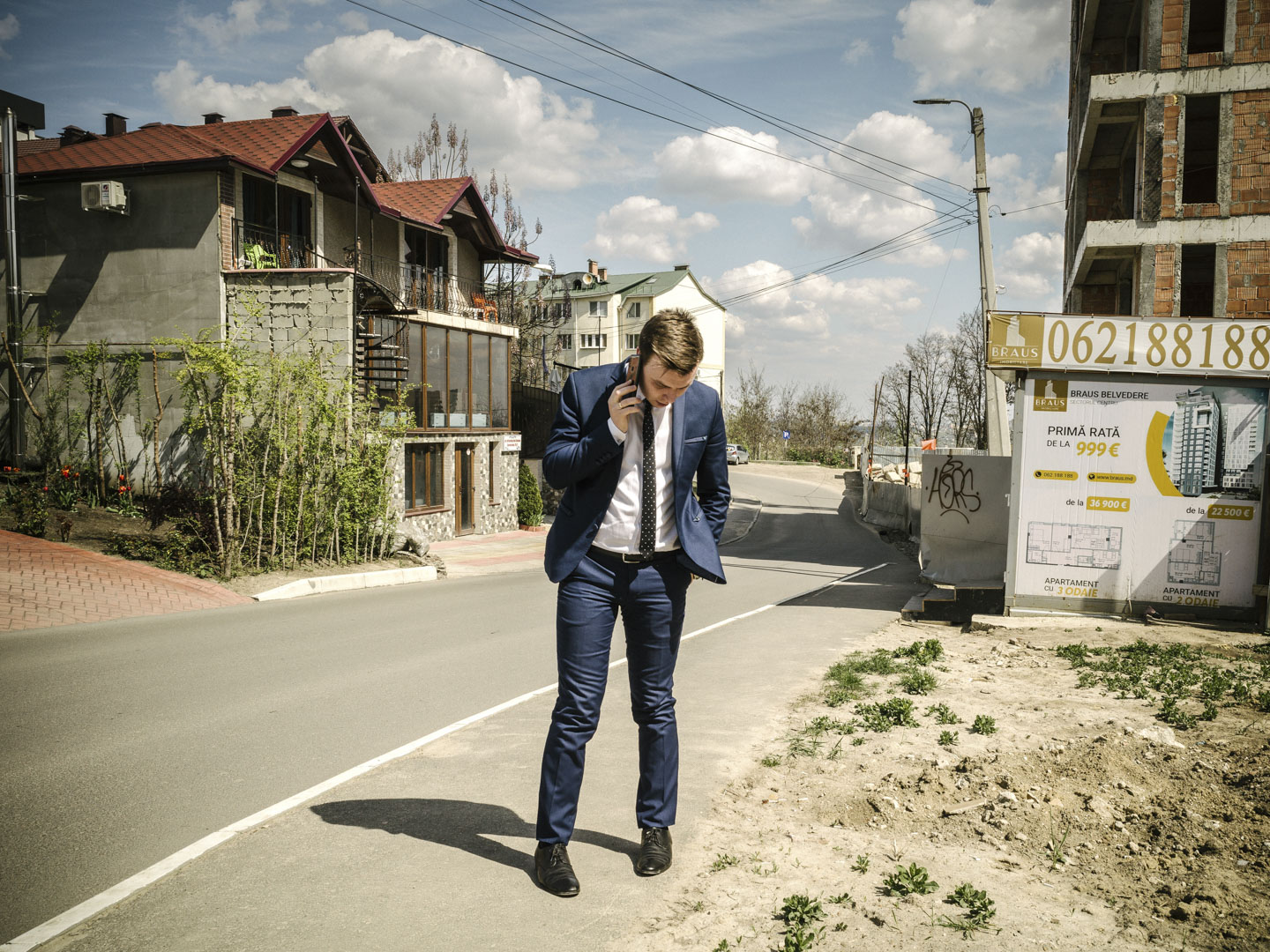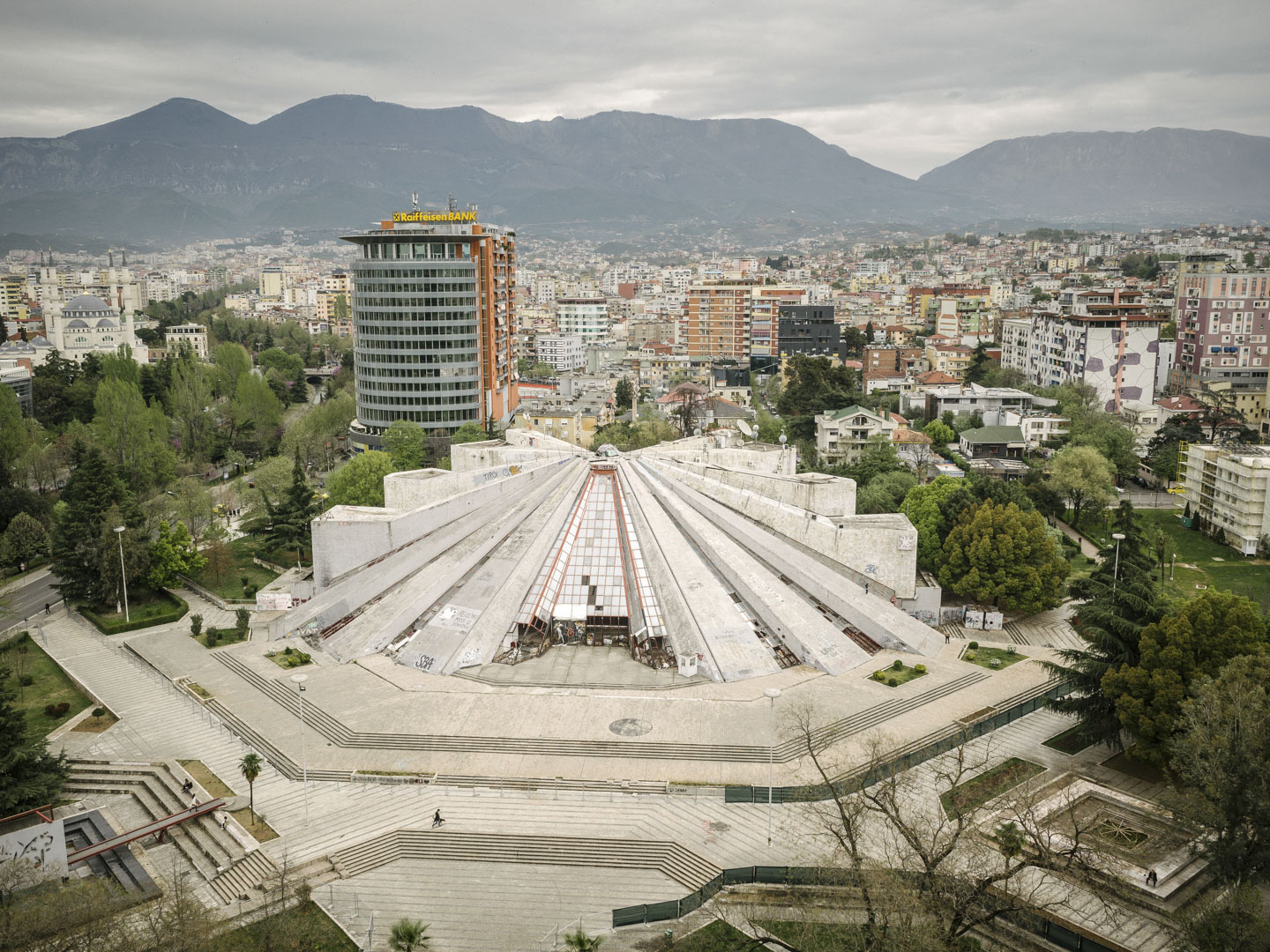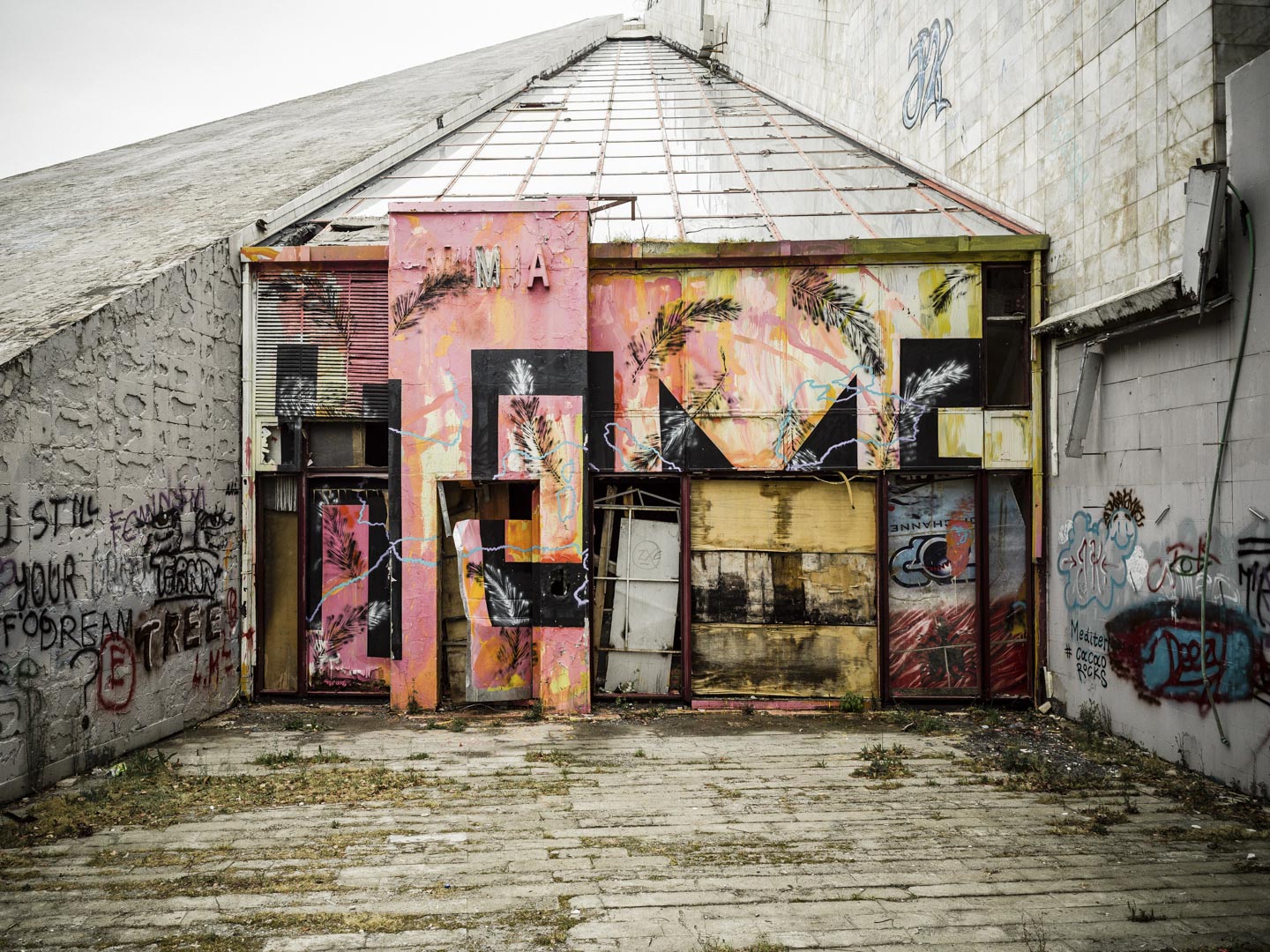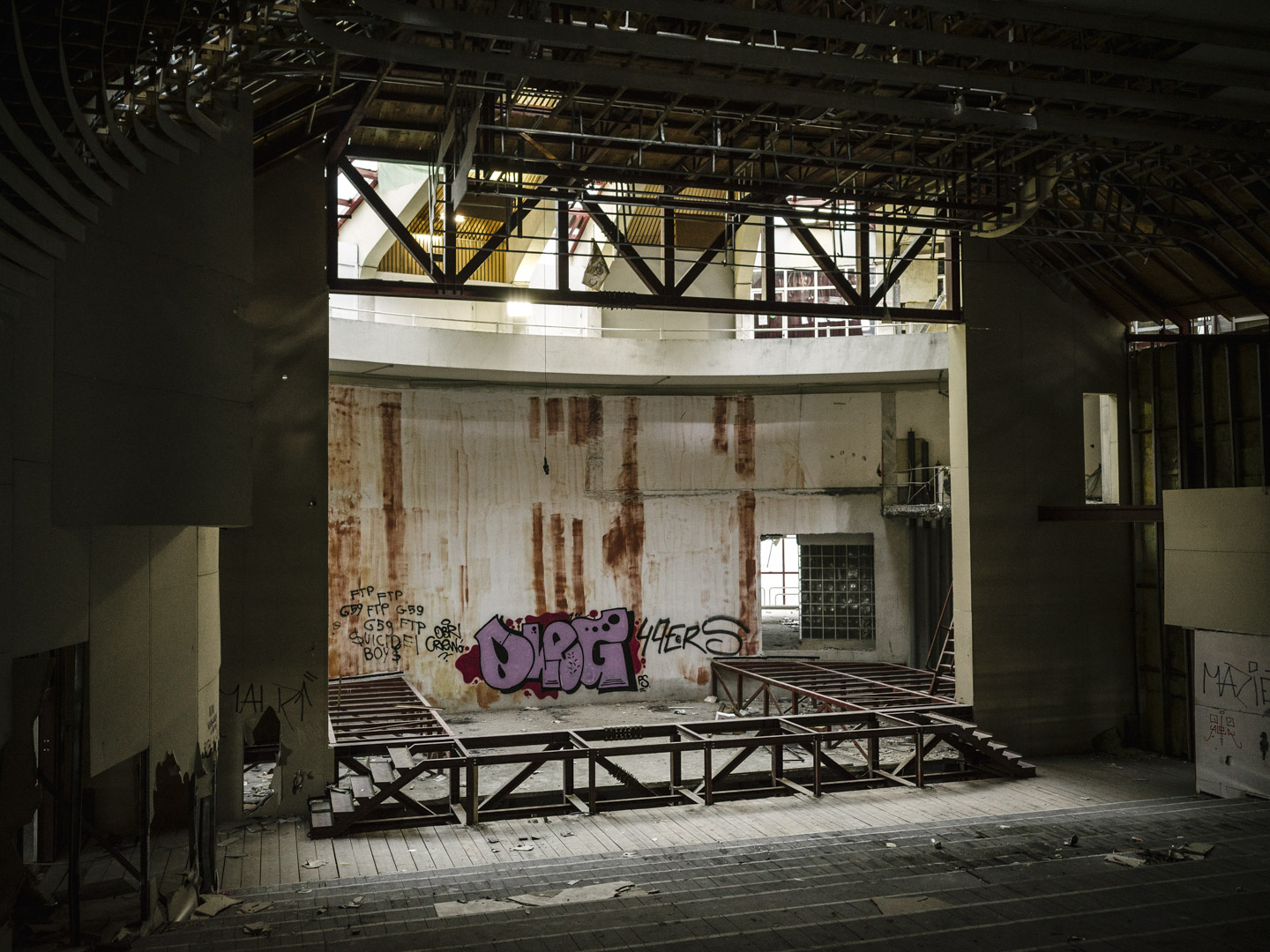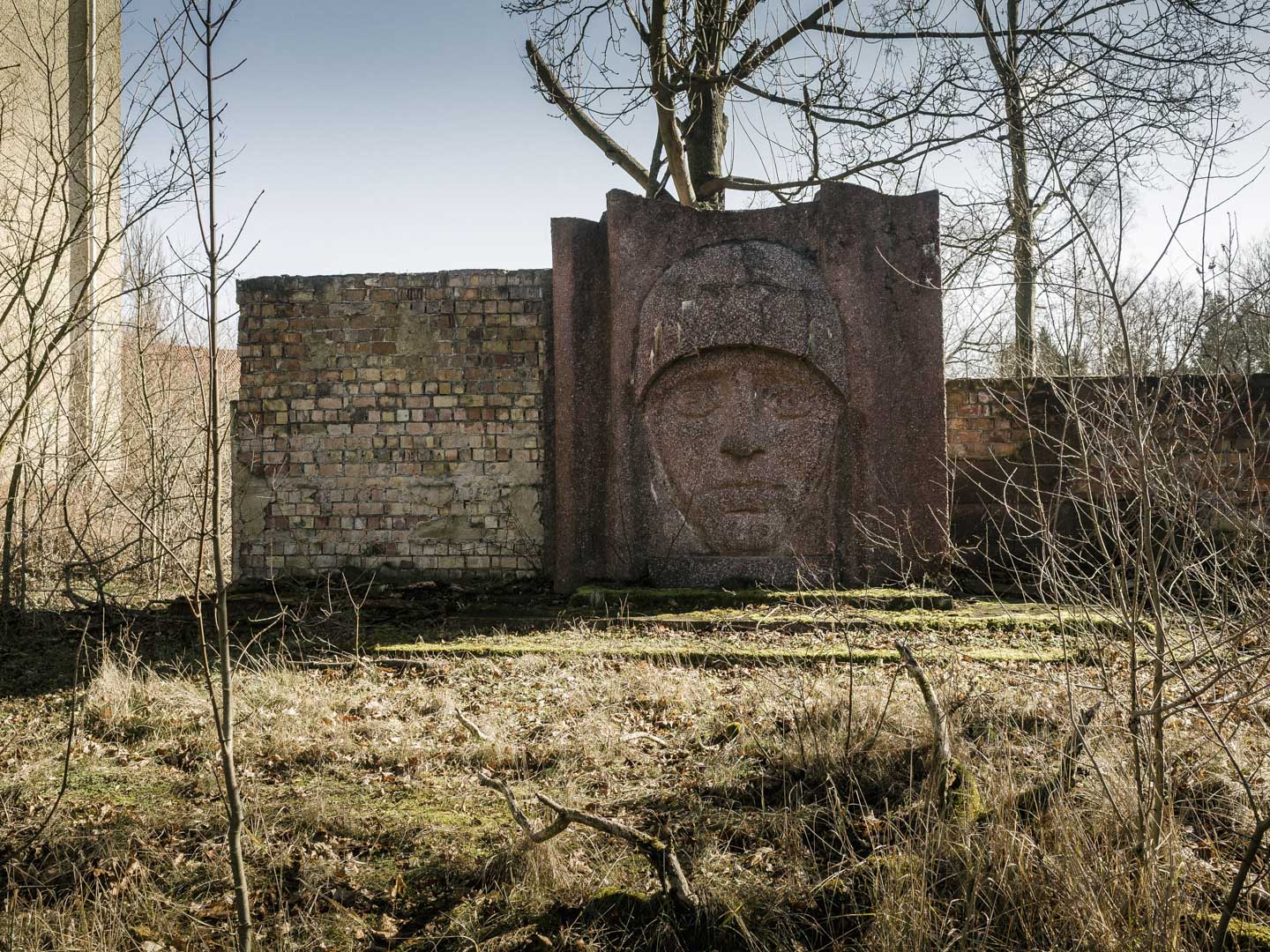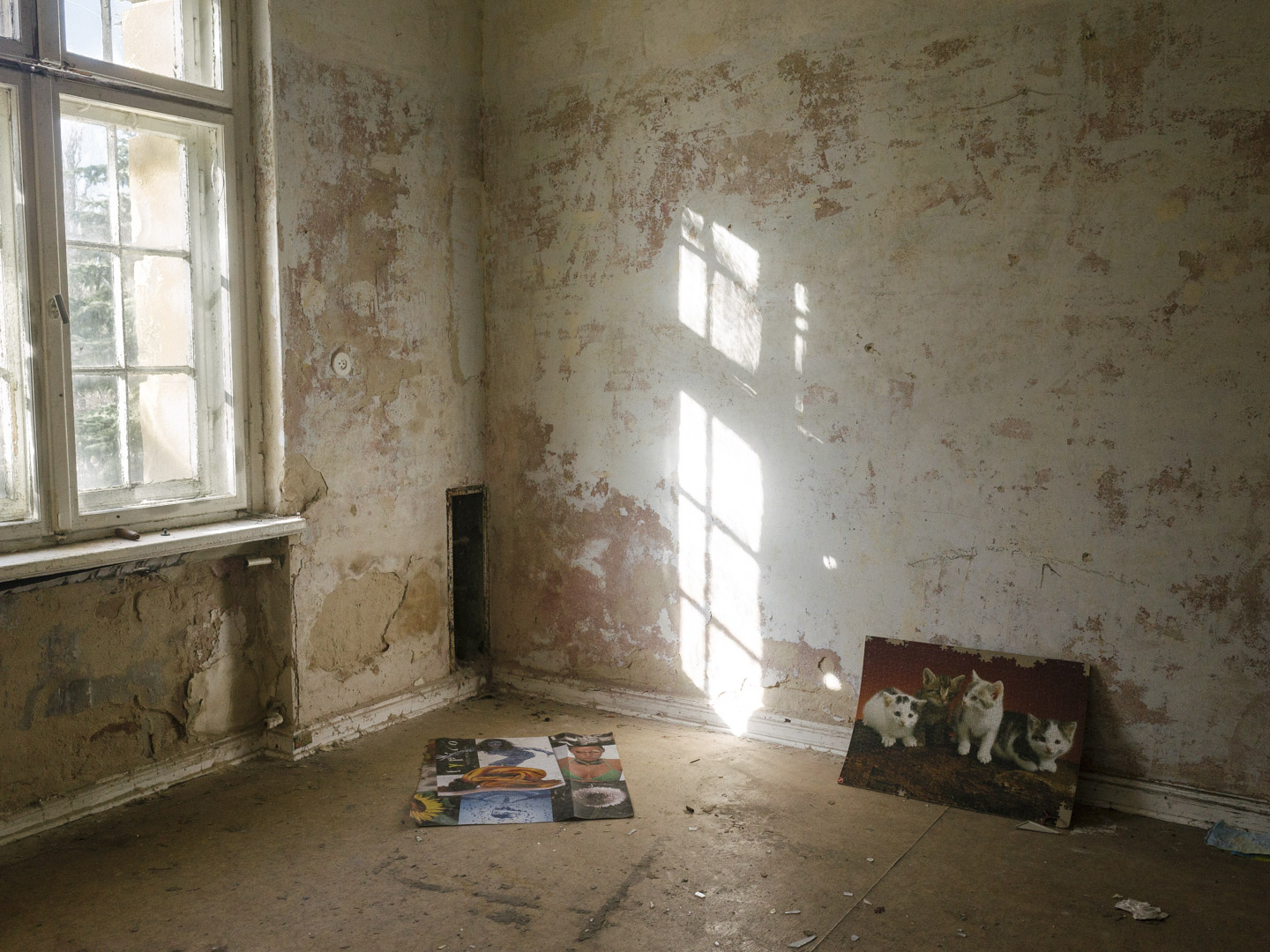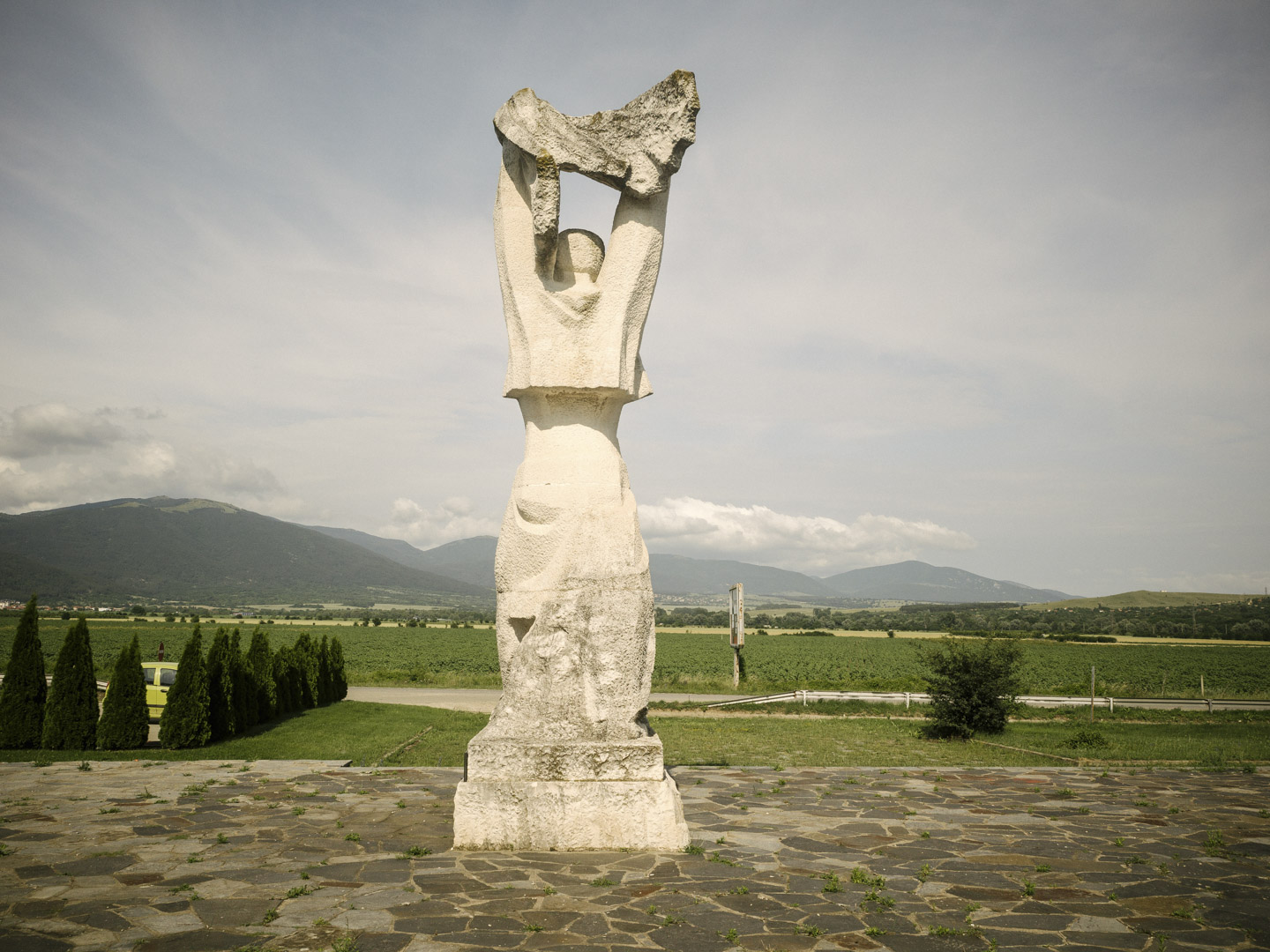Urban Exploration in Former USSR, 2019
On 9 November 1989, the Berlin Wall fell and with it the USSR block.
In Eastern Europe, the great buildings of fallen communism are deserted, looted and finally forgotten. Today in a state of ruin, these spectacular and threatening decors have remained frozen in the past, witnesses of an era.
From Stalin’s secret sanatorium in Georgia to the flying saucer of Bouzloudja in Bulgaria, Philippe Brault photographs his urban explorations in the footsteps of nostalgic “soviet fans”, followers of red brutalism and mad tourists.
Bulgaria, Bouzloudja
Built on a Balkan summit in 1981, the now abandoned Bouzloudja monument embodies the fallen dream of building a Pantheon of Communism in the Bulgarian sky.
Croatia, Petrova Gora
Monument to the uprising of the people of Kordun and Banija.
When he started this work in 1974, Marshal Tito, caught up in a frenzy of memory, wanted to commemorate here the struggle of the partisans who managed to free themselves from German occupation without the help of the Red Army. However, due to the unrest caused by his death in 1980, the monument was never completed. It remains one of the most surprising of the many memorials built during this period in Yugoslavia.
Georgia, Tskaltubo
At the time of the USSR, sanatoria were thought of as places of rest, intended to allow the most modest workers to take holidays. In response to Western consumerist decadence, the USSR relied on a healthy body and mind for increased productivity.
The fall of the USSR in 1991 led to the closure of many institutions, most of which have remained abandoned today, such as those in Tskaltubo, Georgia.
Moldavia, Kishinev
The Kishinev circus, inaugurated in 1981 by the Soviet authorities, was the centre of entertainment in the Moldovan capital until the fall of the communist regime.
But in this country, one of the poorest in Europe, the circus has finally fallen into disuse. This rare building also carries the history of the circus in the Soviet Union, an art used to entertain the masses.
Albania, Tirana
On 14 October 1988, the structure opened as the Enver Hoxha Museum, originally serving as a museum about the legacy of Enver Hoxha, the long-time leader of Communist Albania, who had died three years earlier. The structure was co-designed by Hoxha’s daughter Pranvera Hoxha, an architect, and her husband Klement Kolaneci, along with Pirro Vaso and Vladimir Bregu.
When built, the Pyramid was said to be the most expensive individual structure ever constructed in Albania. The Pyramid has sometimes been sardonically called the “Enver Hoxha Mausoleum”, although this was never its intended use or official appellation.
Germany, Wünsdorf
An abandoned city where Nazis and Soviets passed through, the Wünsdorf Soviet camp, located 40 kilometres east of Berlin, has become a ghost town.
However, “Little Moscow” experienced more intense hours when 75,000 Soviets settled there with women and children after 1945. When the Wall falls, everyone is called back home, leaving their pets, TV sets, radios and fridges stranded…
